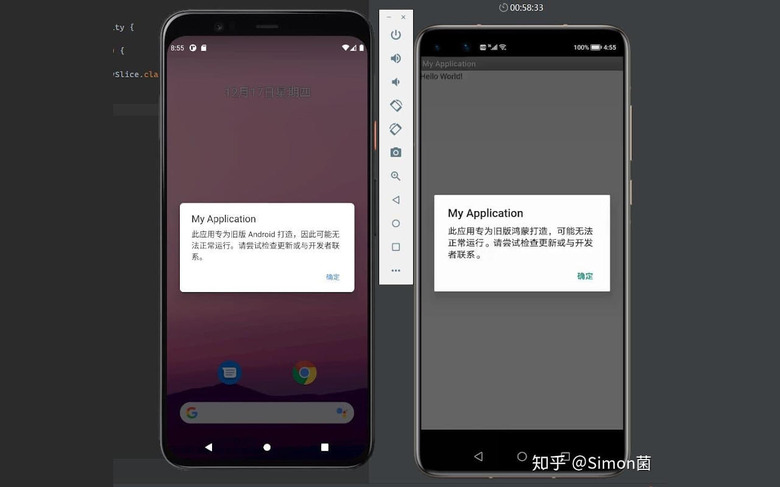Huawei Harmony OS 2.0 May Still Be Android Underneath
Huawei has long been boasting about its independence from Google, especially in software, though that independence was more or less forced upon it anyway. In addition to building its own ecosystem of Android apps and services, the embattled Chinese tech giant has been working on its own OS to replace Android on its devices. Harmony OS 2.0 is being positioned to finally break away from Google's mobile platform, at least as far as Huawei smartphones are concerned, but it may turn out to still be based on Android after all.
Huawei recently opened the doors for mobile developers to test out the beta version of its Harmony OS 2.0. Unlike the first Harmony OS release that landed on IoT hardware like smart TVs, version 2.0 is will be targeting smartphones. Naturally, developers were all too curious about Huawei's own mobile OS and poked around until they found disappointing but also unsurprising clues.
For those anticipating or wishing for a completely new mobile OS to break the Android and iOS duopoly, you will not find one in the Harmony OS 2.0 beta. Developers have discovered that it is pretty much Android underneath, both in appearance as well as internal structure. You could even use ADB, the Android Debug Bridge, to peer into the operating system's Android-like innards.

That said, it might also be too early to write Harmony OS off as just another Android-based spin like Amazon's Fire OS. There's still a chance that this situation is applicable only for the beta testing phase to get app developers up and running quickly with tools they may already have. It can also be just a stepping stone for a more Android-free version of Harmony OS, maybe by version 3.0.
At the same time, it also makes a bit of business sense for Huawei to continue down this path. After investing so heavily in AppGallery and Huawei Mobile Services, both based on Android, it would be a complete waste if it threw them all out immediately. It could be a strategy to get developers to rely on Huawei APIs that would then be used to seamlessly transition to an OS that will completely be free of any trace of Google.
